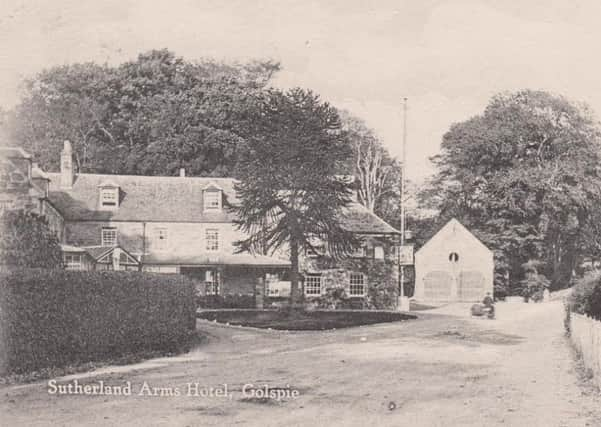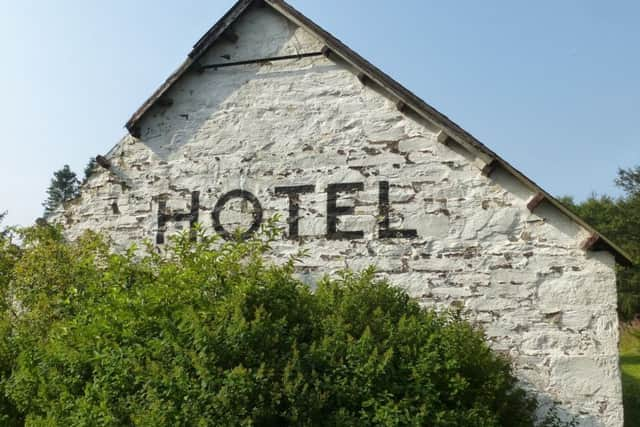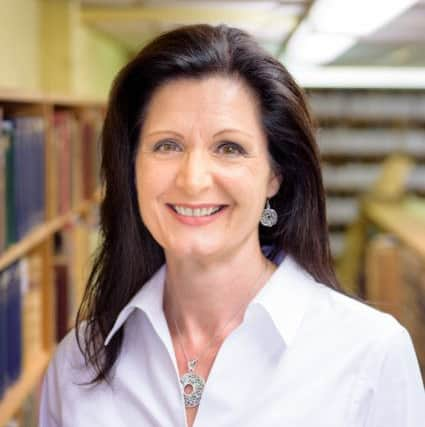The 19th Century Highland inn - and the 'peacekeeping' women behind the bar


As rural travel opened up in the late 1700s, so did the opportunity to keep travellers fed and watered with many estates opening inns to capitalise on the growing number of journeys being made across the Highlands.
Theresa Mackay, an assistant professor, found the number of Highland inns “just exploded” between 1790 and 1840.
Advertisement
Hide AdAdvertisement
Hide AdIn just one area, Ross and Cromarty, there were no inns at the start of the period but by the end, there were 42.


Women played a key role in this social shift with a job as an innkeeper well thought of and one that could lift them out of servant status, said Miss Mackay, who has just been awarded the Women’s History Scotland Leah Leneman Essay Prize for her Masters research at the University of Highlands and Islands.
“Women were sought after as innkeepers for three reasons: reputation, skill and ability to provide a calming influence on groups of strangers,” she said.
Ms Mackay added: “Women’s reputations came with them and since lairds looked for innkeepers whose reputation was clean, they generally favoured women in this role.”


“Women were also known to keep the peace, a skill that landlords desired since less trouble at the inn meant less trouble for them and their factor.”
Ms Mackay’s interest in women and the Highland inn was sparked by the 19th Century travel diary of Dorothy Wordsworth, brother of poet William, which mentioned a number of innkeepers during a journey to the Highlands.
After looking at other records of female innkeepers between 1790 and 1850 the “flood gates opened up.”
“They were everywhere,” Ms Mackay added.


Advertisement
Hide AdAdvertisement
Hide AdCustomers tended to be men on the move for work, such as members of the military, excisemen, drovers, government officials, gamekeepers,ministers and constables.
A new “gentry-class traveller” from the south could also be found taking refuge in the inns, with the works of authors such as Sir Walter Scott doing much to promote a version of Highland life.
Ms Mackay, now an assistant professor at at Royal Roads University in British Columnbia, said she found many descriptions of the inns during her research. With a fire stoked and horses stapled, visitors would normally be served oatmeal and dairy, such as cheese. Game and fish may also be served, on occasion.
Whisky was widely served, some of it from illicit stills such as one recorded at the Golspie Inn, in Sutherland, which was run by a Mrs Duncan.


Porter and ale would be ordered in. Empty bottles and the next order would be sent together by horse-drawn coach to breweries with innkeepers working together to coordinate deliveries.
She added: “Bed sheets were consistently described as being white and of good quality, referring to the innkeeper’s own spinning.
“Entertainment was hired, especially musicians. There is evidence of the famous fiddler, Niel Gow, being hired to entertain travellers at the inn at Inver. Many travellers rode away with take away in their pockets.”
Advertisement
Hide AdAdvertisement
Hide AdMs McKay said inn keeping often brought prestige for women, including Janet McLaren, who ran the Amulree Hotel in Perthshire, who was given reserved seating for her and her family in the local church.
She added: “Innkeepers were key figures because they were integral to the economic health a community.”
Not only could locals make money through the inn by offering services such as guiding and translation,inns often operated as rural banks, lending money to locals.
“As long as the inn was successful, locals would benefit financially.
“In fact, many inns acted as a rural bank lending money to locals, and were a point of social contact, so in many cases the inns were critical to the cash economy and the socialization of a community.”
